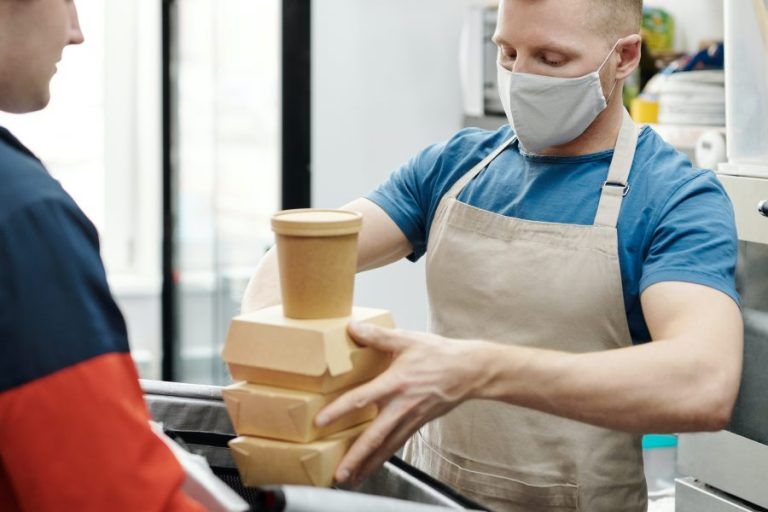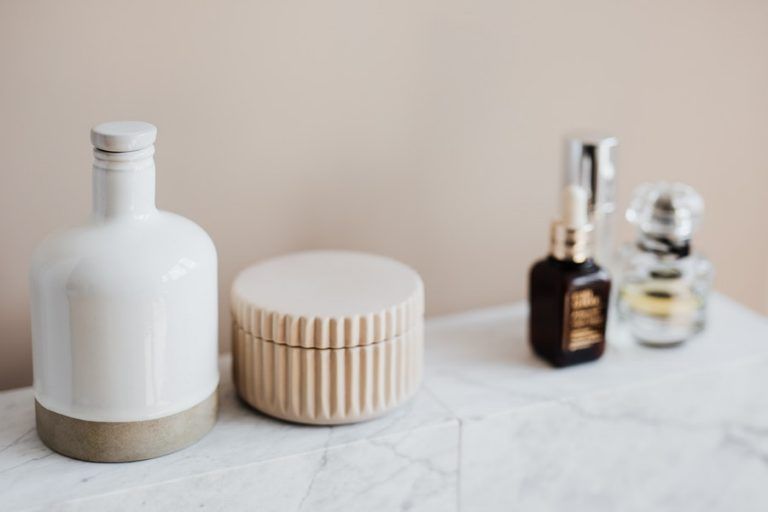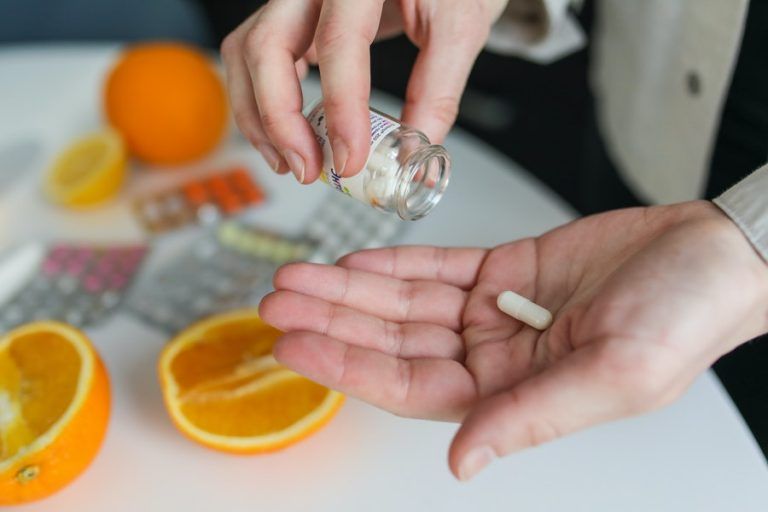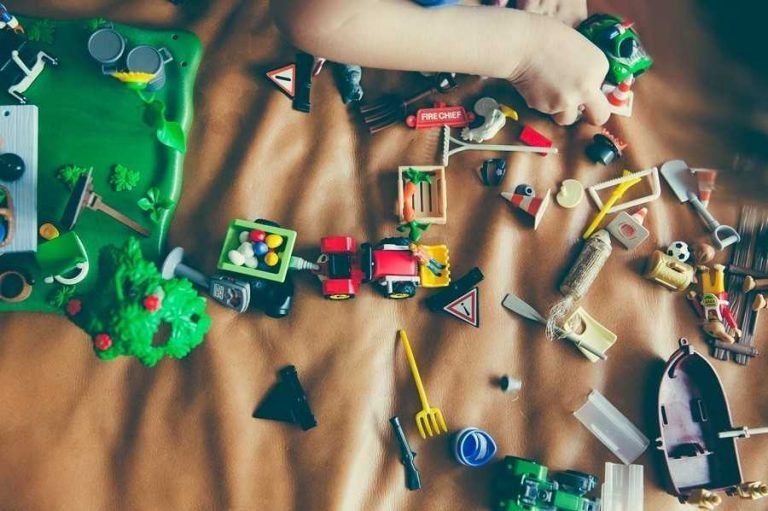In 2021 we will be saying goodbye to many plastic products
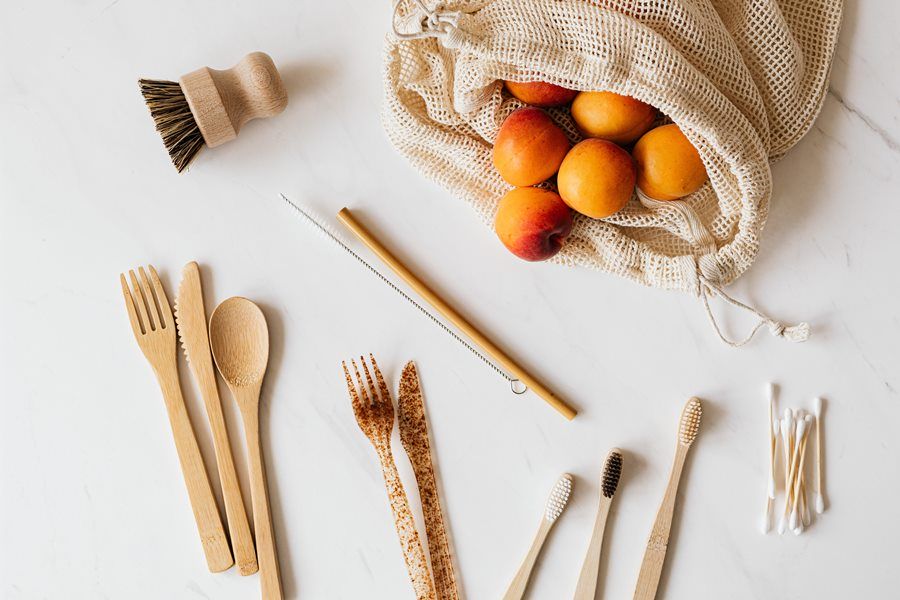
Wpis dostępny jest także w języku:
![]() polski
polski
The Directive of the European Parliament (EP)and of the EU Council of 5 June 2019 on the reduction of the impact of certain plastic products on the environment, will introduce further restrictions on selected categories of disposable products in 2021. Plastic cutlery, plates, straws or drink mixers can no longer be placed on the market.
The high functionality and relatively low cost of plastic means that this material is increasingly ubiquitous in everyday life. While plastic plays a useful role in the economy and provides essential applications in many sectors, its growing use in short-lived applications, which are not designed for re-use or cost-effective recycling, means that related production and consumption patterns have become increasingly inefficient and linear, the EP argues in the introduction to the directive.
That is why, by striving for a closed circuit throughout the entire life cycle of plastics, the EU wants to ‘tackle the problem of the generation of increasing amounts of plastic waste and the leakage of plastic waste into the environment, in particular the marine environment’. The significant negative environmental, health and economic impacts caused by certain plastic products require, in the opinion of the EU, the establishment of a specific legal framework to effectively reduce these undesirable effects.
That is the purpose of this directive. Importantly, according to EU estimates, the plastic disposable products covered by the measures of the directive represent approximately 86% of the disposable plastic products found on beaches in the EU.
Consumption reduction for the beverage cups and food containers
By 3 July 2021, the EU member states were obliged to prepare a description of measures which they have adopted to reduce the quantitative use of beverage cups and food containers. This concerns, in particular, food containers i.e. receptacles such as boxes, with or without a cover, used to contain food which is intended for immediate consumption, either on-the-spot or take-away,is typically consumed from the receptacle and is ready to be consumed without any further preparation, such as cooking, boiling or heating. This includes food containers used for fast food or other meal ready for immediate consumption, except beverage containers, plates and packets and wrappers containing food.
These measures are intended to achieve in 2026, compared to 2022, a ‘measurable, quantitative reduction in use’ of the abovementioned disposable plastic products.
We will not see these products again
The directive also defines disposable plastic products, which can no longer be placed on the market from 2021. These are in particular:
- cotton bud sticks (with some exceptions)
- cutlery (forks, knives, spoons, chopsticks)
- plates
- straws (with some exceptions)
- beverage stirrers
- sticks to be attached to and to support balloons
- food containers made of expanded polystyrene, i.e. receptacles such as boxes, with or without a cover, used to contain food which is intended for immediate consumption, either on-the-spot or take-away, is typically consumed from the receptacle, and is ready to be consumed without any further preparation, such as cooking, boiling or heating (including food containers used for fast food or other meal ready for immediate consumption, except beverage containers, plates and packets and wrappers containing food
- beverage containers made of expanded polystyrene, including their caps and lids
- cups for beverages made of expanded polystyrene, including their covers and lids.
Interpretation concerns regarding food containers
According to the provisions of the directive, single-use plastic product means a product that is made wholly or partly from plastic and that is not conceived, designed or placed on the market to accomplish, within its life span, multiple trips or rotations by being returned to a producer for refill or re-used for the same purpose for which it was conceived. What does this mean in practice?
For example, in the light of the criteria of the directive, examples of food containers that should be considered as single-use products are fast food containers or food boxes containing cold or heated food, meal boxes, sandwiches, wraps and salads, or containers for fresh or processed foods that do not require further processing, such as fruit, vegetables or desserts. Food containers containing dried food or cold food requiring further processing, containers containing more than one portion of food or containers containing one portion of food sold in quantities of more than one food shall not be regarded as single-use.
Similarly, in the case of beverage containers, beverage bottles or multi-material beverage containers used for beer, wine, water, refreshing drinks, juices and nectars, powdered drinks or milk shall be regarded as single-use.
What else will change?
From 2025, plastic caps and lids may be placed on the market only if they are permanently attached to bottles and containers. In four years’ time, all plastic bottles (up to 3 litres) will have to be made of at least 25% recycled material, and in 2030 this proportion will have to be 30%.
Furthermore, by 2025, the collection and recycling rate for disposable plastic beverage bottles is to be 77% (by weight, as a percentage of such products placed on the market in a given year), and by 2029. – 90%.
O autorze
Agnieszka Skonieczna
Retail Business Unit Director
Analyst with over twelve years of experience. She heads the Retail department at PMR. Areas of specialisation: grocery retail, DIY and home furnishing markets.


